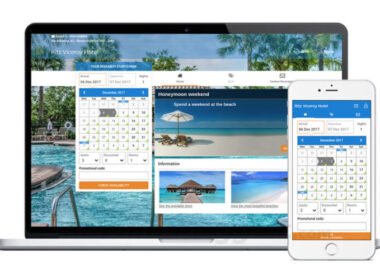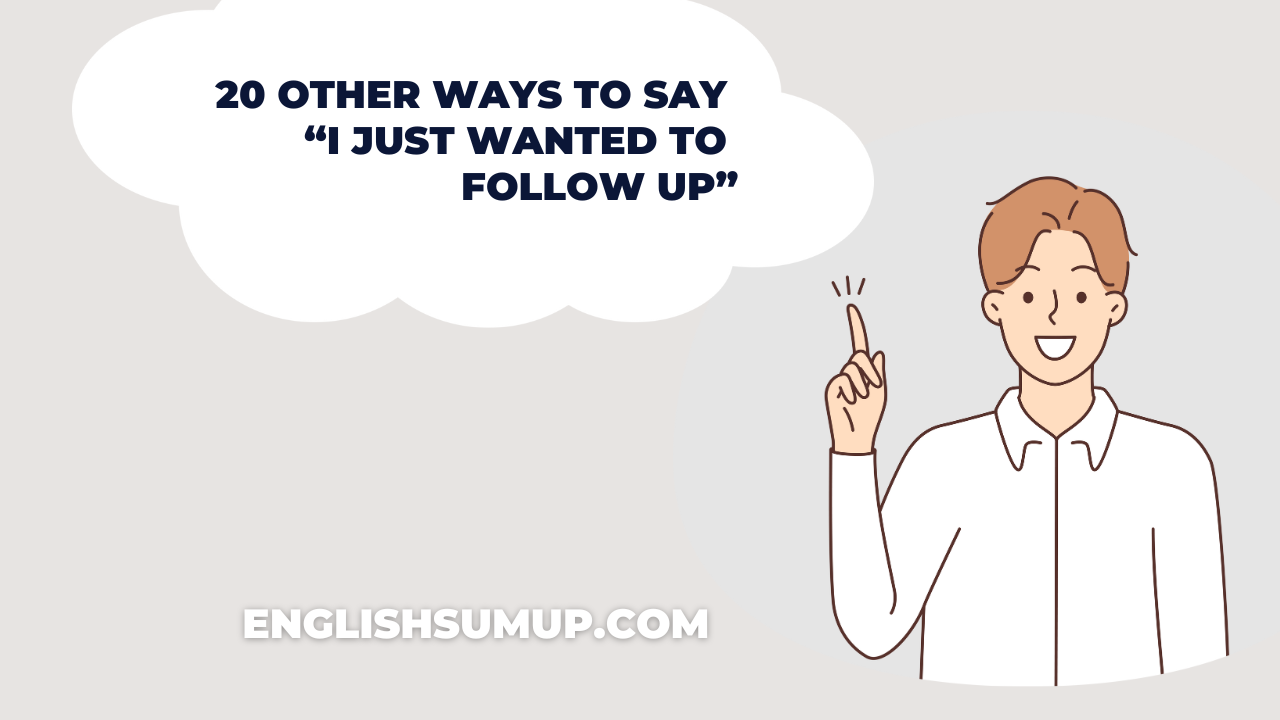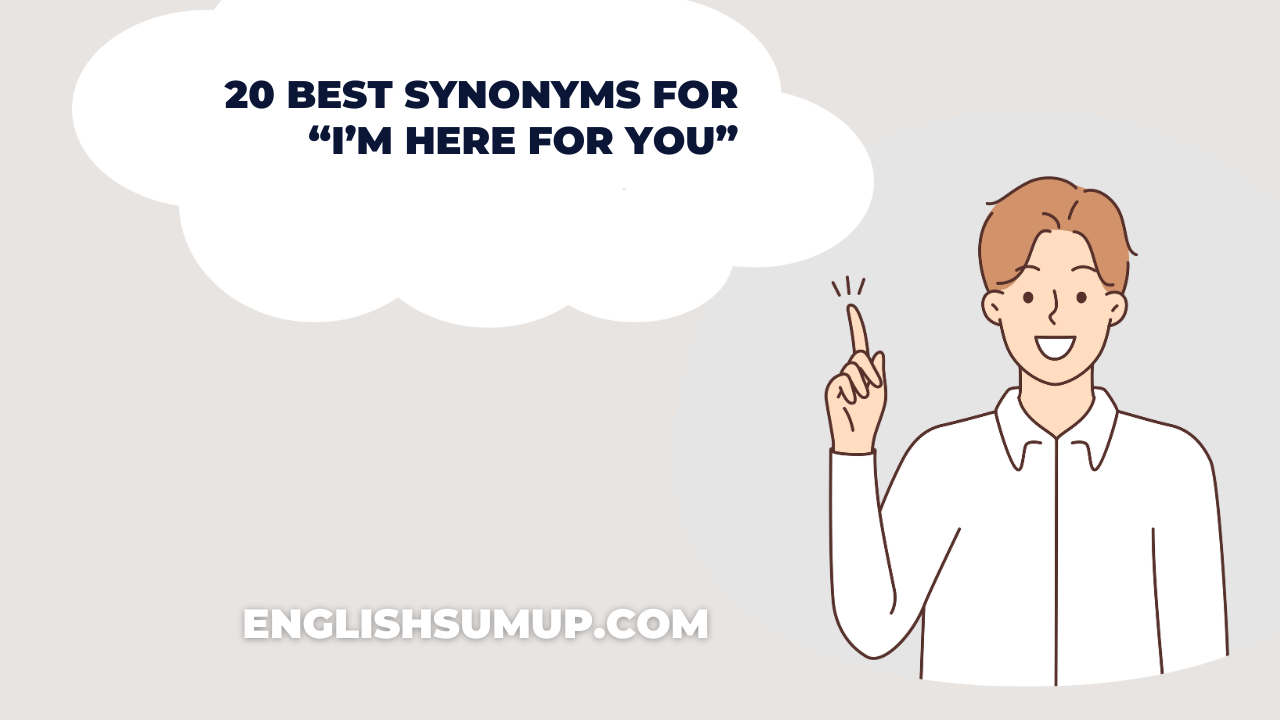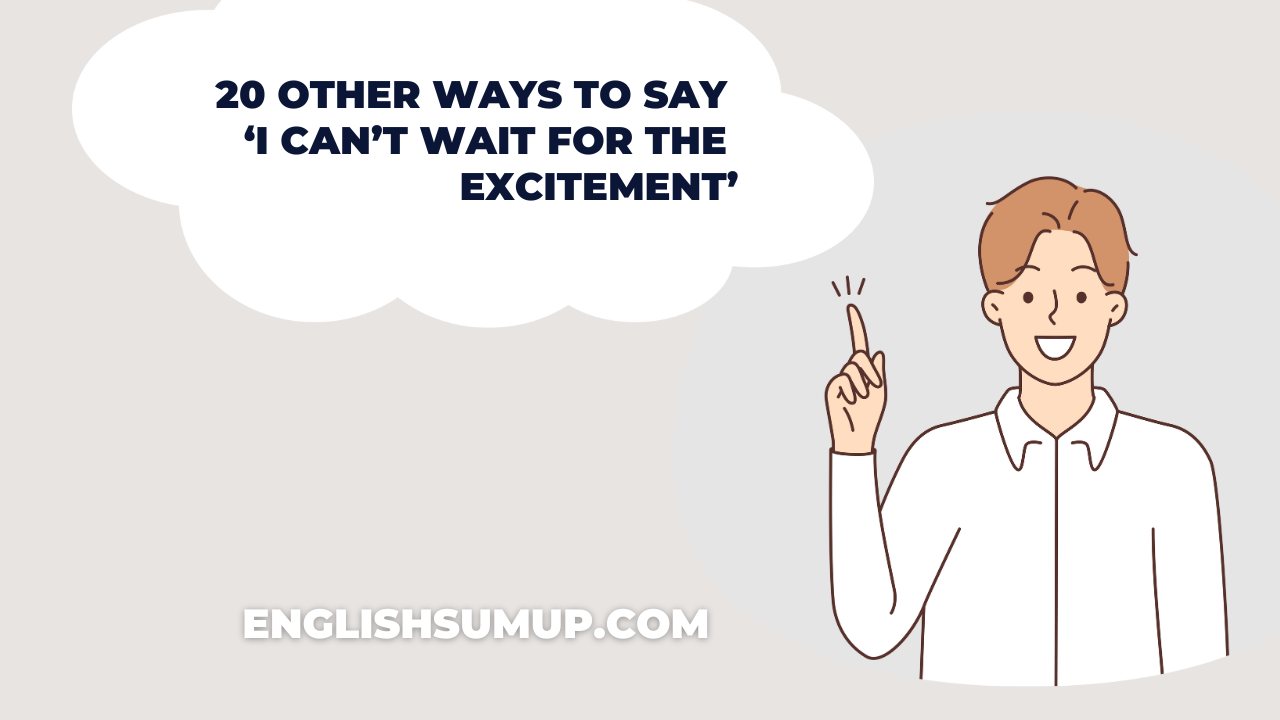In the fast-paced world of business communication, following up on emails is a crucial part of maintaining professional relationships and ensuring tasks are completed efficiently. However, the phrase “I just wanted to follow up” can quickly become monotonous and may not always convey the intended tone or urgency. Diversifying your vocabulary not only keeps your communications fresh and engaging but also helps in precisely articulating your message’s purpose and importance.
The Importance of Effective Follow-Up Communication
Following up on previous conversations, requests, or tasks is a fundamental aspect of effective communication in both professional and personal contexts. It shows persistence, dedication, and a proactive attitude. A well-crafted follow-up message can mean the difference between being remembered or forgotten, between closing a deal or losing an opportunity.
You may love this one: 20 Best Synonyms for “I’m Here for You”
However, the repetitive use of the same phrase, such as “I just wanted to follow up,” can dilute its impact. It might make your emails appear formulaic or even insincere. More importantly, this phrase doesn’t always convey the specific context or level of urgency you might want to impart. This is where diversifying your language comes into play. By using varied expressions, you can better capture the nuances of your intent, whether you are gently reminding someone, urgently requesting information, or simply checking in on a previous conversation.
Crafting Your Follow-Up Message: Key Considerations
When crafting a follow-up message, consider the following elements to ensure your communication is clear, professional, and effective:
Context: Remind the recipient of the context of your previous communication. This helps in jogging their memory and understanding the relevance of your follow-up.
Tone: The tone of your message should match the nature of your relationship with the recipient and the level of formality required. A casual tone might be suitable for a colleague, while a more formal tone might be necessary for a client or superior.
Clarity and Brevity: Be clear about your purpose and avoid unnecessary details. A concise message is more likely to be read and responded to.
Actionable Request: Clearly state what you need from the recipient and, if possible, suggest a timeline for a response.
Politeness and Professionalism: Always maintain a courteous and professional demeanor, regardless of the medium or the urgency of your request.
20 Alternative Phrases of “I Just Wanted to Follow Up”
- I wanted to check in on…
- Just touching base regarding…
- Could you provide an update on…
- I’m reaching out to see if there have been any developments regarding…
- I’m following up on our previous conversation about…
- I wanted to see if there are any updates on…
- Have you had a chance to look into…
- I’m writing to inquire about the status of…
- Could you let me know if there’s any progress on…
- I wanted to follow up and see if you’ve had time to…
- I’m eager to hear any updates on…
- I’m interested in finding out the current status of…
- I’m following up to see if there have been any changes regarding…
- Would you be able to provide an update on…
- I’m touching base to check the status of…
- Just a reminder about…
- Can you please update me on…
- I wanted to see if there’s been any movement on…
- I’m checking in to see if there are any new developments with…
- Could you let me know how things are progressing with…
1. “I wanted to check in on…”
This phrase is casual and friendly, suitable for internal communications or when the matter is not urgent. It shows that you are interested in the progress without pressuring the recipient.
Example: “Hi Sarah, I wanted to check in on the status of the marketing report. Have you had a chance to review the draft?”
2. “Just touching base regarding…”
This is a slightly more formal alternative to “checking in.” It’s great for following up on ongoing projects, implying a casual yet professional tone.
Example: “Hi Mark, just touching base regarding our upcoming project meeting. Do we have a final agenda?”
3. “Could you provide an update on…”
Direct and to the point, this phrase is effective when you need specific information. It politely asks the recipient for a status report.
Example: “Hello Emily, could you provide an update on the client feedback for the new website design?”
4. “I’m reaching out to see if there have been any developments regarding…”
This phrase shows interest in progress and is well-suited for project-based follow-ups. It suggests that you’re looking for any new information since your last discussion.
Example: “Hi John, I’m reaching out to see if there have been any developments regarding the software upgrade timeline.”
5. “I’m following up on our previous conversation about…”
A straightforward way to reference a specific prior discussion. This phrase helps the recipient recall the exact topic you’re inquiring about.
Example: “Hi Lisa, I’m following up on our previous conversation about the budget proposal. Have there been any updates?”
6. “I wanted to see if there are any updates on…”
Similar to the previous, but slightly less formal. It keeps the tone light while still requesting information.
Example: “Hello Alex, I wanted to see if there are any updates on the team’s travel arrangements for the conference.”
7. “Have you had a chance to look into…”
This gently nudges the recipient without being too forceful. It acknowledges their busy schedule while reminding them of your request.
Example: “Hi Megan, have you had a chance to look into the supplier quotes I sent over last week?”
8. “I’m writing to inquire about the status of…”
Formal and polite, this phrase is suitable for clients or higher-ups. It clearly states your intent to get an update.
Example: “Dear Mr. Thompson, I’m writing to inquire about the status of our contract renewal discussions.”
9. “Could you let me know if there’s any progress on…”
Direct but still courteous. It asks the recipient for an update in a straightforward manner.
Example: “Hi Jessica, could you let me know if there’s any progress on the HR policy revisions?”
10. “I wanted to follow up and see if you’ve had time to…”
This phrase conveys understanding that the recipient may be busy. It’s a gentle reminder of your request.
Example: “Hi Tom, I wanted to follow up and see if you’ve had time to review the draft of the annual report.”
11. “I’m eager to hear any updates on…”
Shows enthusiasm and interest in the progress. It implies that you’re keenly awaiting news.
Example: “Hi Rachel, I’m eager to hear any updates on the new marketing strategy you’ve been working on.”
12. “I’m interested in finding out the current status of…”
This phrase is formal and clear, suitable for professional inquiries where you need a specific update.
Example: “Dear Mr. Patel, I’m interested in finding out the current status of our application for the research grant.”
13. “I’m following up to see if there have been any changes regarding…”
Useful for situations where developments might occur. It indicates that you are staying informed about potential changes.
Example: “Hi Laura, I’m following up to see if there have been any changes regarding the project deadlines.”
14. “Would you be able to provide an update on…”
Polite and respectful, good for formal contexts. It softly requests the needed information without urgency.
Example: “Hello Mr. Johnson, would you be able to provide an update on the merger discussions?”
15. “I’m touching base to check the status of…”
Slightly more casual, suitable for colleagues or team members. It maintains a professional yet friendly tone.
Example: “Hi Mike, I’m touching base to check the status of the client onboarding process.”
16. “Just a reminder about…”
This can be used for gentle nudges, best for internal communications. It serves as a soft prompt without seeming pushy.
Example: “Hi Jane, just a reminder about the team meeting scheduled for tomorrow. Are we still on track?”
17. “Can you please update me on…”
Direct and clear, good for urgent matters. It straightforwardly requests the required information.
Example: “Hi Paul, can you please update me on the delivery schedule for the new equipment?”
18. “I wanted to see if there’s been any movement on…”
Informal and friendly, good for ongoing projects. It suggests checking in on progress in a casual way.
Example: “Hi Sam, I wanted to see if there’s been any movement on the client feedback we discussed.”
19. “I’m checking in to see if there are any new developments with…”
This phrase is neutral and can be used in most contexts. It implies you’re staying updated on the situation.
Example: “Hi Allison, I’m checking in to see if there are any new developments with the software rollout.”
20. “Could you let me know how things are progressing with…”
Polite and shows interest in the recipient’s efforts. It’s a respectful way to ask for an update.
Example: “Hello Mr. Brown, could you let me know how things are progressing with the annual budget review?”
Conclusion
Expanding your vocabulary for follow-up emails can significantly improve the effectiveness of your communication. By choosing the right phrase, you can convey your message more precisely and professionally, ensuring better engagement and response rates. Remember, the key to successful follow-up communication lies in clarity, politeness, and appropriateness of tone. So, next time you’re tempted to write “I just wanted to follow up,” try one of these alternatives to keep your emails engaging and impactful.









